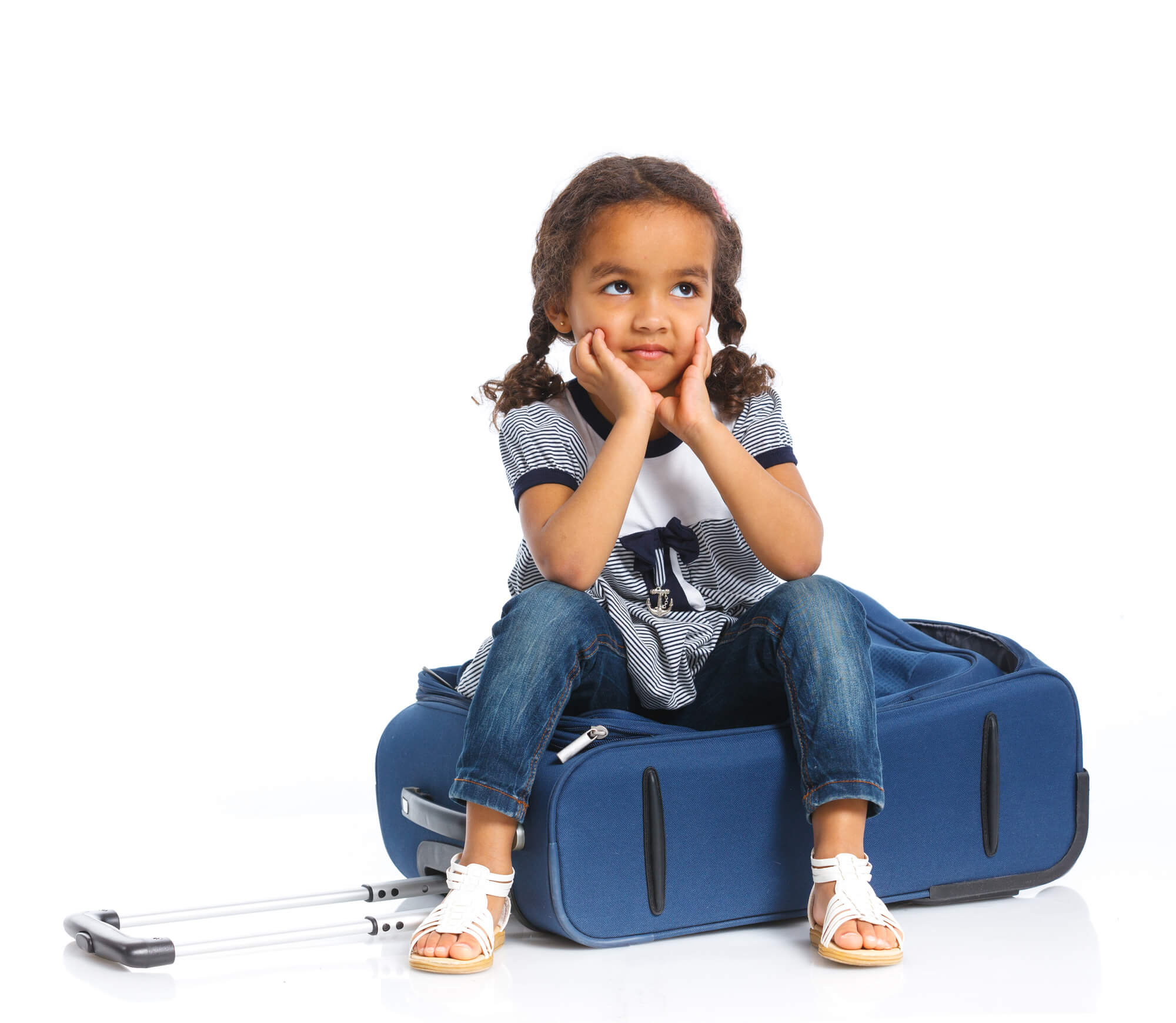Divorce is never easy on a family. It can be particularly difficult when it comes to deciding what is best for our children. There is an ongoing debate as to whether or not dual custody is better or worse for children due to the constant moving back and forth between homes. A recent study in Sweden found that dual custody families may actually cause less psychosomatic problems in children then children who have a primary custody parent. “We think that having everyday contact with both parents seems to be more important, in terms of stress than living in different homes”, says Bergstrom, head researcher. He goes on to hypothesise that it may be harder for parents to stay engaged in parenting when they are only seeing their children every other weekend.
If you are contemplating becoming a dual custody family or are already a dual custody parent, here are some tips and guidelines to help your child maintain a sense of stability in dual custody:
- Open communication between co-parents is essential for effectively supporting children. Even though homes can be distinctively different, continuity in decision making for the child can help them feel supported by both parents. This can also help prevent the child from ‘playing off’ parents against each other, or manipulating the separation of the adults to their benefit.
- Set the same rules. Having the same expectations across houses will help the child feel secure and will help with the transition from house to house. This guideline will also help both parents feel secure in their parenting and prevent one from feeling like the ‘bad parent’ for being the rule enforcer.
- Plan out the details. There is much more to consider beyond a custody schedule. Sitting down and answering detailed questions about care can prevent conflict and last minute stress. Some questions to consider: Who will pick up and drop off from school? How are you going to handle special days like school events, holidays and birthdays? Who is responsible for medical appointments? Who is in charge of laundry? These details may seem silly when looking at the big picture but routine and consistency is key in helping children feel safe and stable. Your child may internalise last minute unresolved details as their responsibility and add unnecessary stress.
- Set up a similar sleep pattern. Sleep problems were identified as the most common issue amongst children in dual custody families so pay special attention to the night time routine in both homes. Try to have the same bedtime and wake up time regardless of the home. Maybe even set similar rules in the nighttime hours such as no screens an hour before bed.
- Be patient with the transition. Some children may be grumpy or unsettled immediately after switching houses, pay special attention to their needs on transition days. Some children like to jump immediately into their routine whereas some need space to share about their time with their other parent. Give them space or make extra accommodations during the transition but be careful not to ask too many questions about their time away.
- Double Up. Have two sets of clothing, favourite toys and school items at both houses to eliminate the stress of packing. Assist your child in packing their bags to eliminate the pressure on them. If something is forgotten, try not blame your child or your co-parent.
If you are struggling to co-parent, or going through a divorce, reaching out to a psychologist can assist you and your family with this sensitive transition. To book in a time to speak to a psychologist contact us on (02) 6262 6157 or book an appointment online.
Related reading:
Consistency and Consequences: Parenting Strategies for setting boundaries
Supporting Children During Stress
Guidelines for Setting Effective Rules
